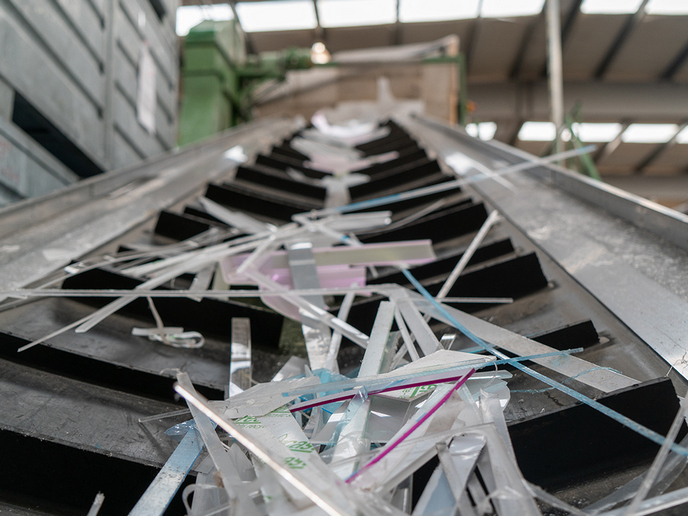Conductive wood-based composites for high-tech components
Wood and wood-based fibre (cellulose) have been recognised as a promising source of material for the high-tech bio-based products with increasing consumer demand. However, their commercial application is limited by technical considerations. Low temperature and moisture resistance, low impact strength and inconsistency due to variability in fibre quality are undesirable characteristics that need to be overcome. A group of EU-funded scientists is levelling the playing field with work on the project 'Complex structural and multifunctional parts from enhanced wood-based composites - eWPC' (BIOSTRUCT). Researchers are working on a roadmap to improve fibre–polymer interactions, imbue electrical conductivity, and improve processing for high quality, reliable and energy-efficient production. Project partners have succeeded on all counts. Pilot-scale production lines are up and running to produce wood fibres and regenerated cellulose fibres. Given the increasing emphasis on non-petrol–based products, scientists have developed novel polymers using bio-polylactic acid (PLA) derived from natural sources. Combining these fibres and polymers have led to production of innovative enhanced wood-based composites (eWBCs) in addition to magnetic and conductive biocomposites. Researchers have modified or adapted numerous material processing and shaping technologies to meet the needs of the new materials and facilitate injection moulding, extrusion and polymer foaming. Major accomplishments have led to two patent applications. The novel eWBCs and eco-friendly processing technologies developed by BIOSTRUCT should positively impact European manufacturing. The sustainability of numerous products and industries would increase with enhancement of components and device properties. In addition, more jobs will be created in the wood industry often located in rural areas benefiting citizens by supporting livelihood. BIOSTRUCT efforts could provide access to novel high-tech components made of eco-friendly plastics reinforced with wood-based polymers in the near future.







